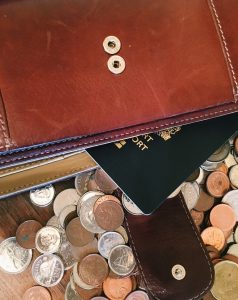Forex or foreign exchange trading involves the buying and selling of currencies. One of the significant challenges in forex trading is dealing with volatility. Volatility refers to the level of uncertainty or risk involved in the value of a currency pair. As a forex trader, it is essential to understand volatility and how to manage it.
To see volatility with forex, traders need to look at several factors that impact currency prices. These include economic indicators, geopolitical events, and market sentiment. Economic indicators such as GDP, inflation, and employment rates can significantly impact currency values. Geopolitical events such as elections, natural disasters, and conflicts can also affect currency prices. Market sentiment, which refers to the overall attitude of investors towards the market, can also influence volatility.
One way to measure volatility is by using technical analysis tools such as Bollinger Bands, Average True Range (ATR), and Relative Strength Index (RSI). Bollinger Bands measure the standard deviation of price movements over a specific time frame. A higher standard deviation indicates higher volatility. ATR measures the average range of price movements over a specific time frame. The higher the average range, the higher the volatility. RSI measures the strength of price movements. If the RSI is above 70, it indicates that a currency pair is overbought, and if it is below 30, it means it is oversold.
Another way to see volatility is by using economic calendars. Economic calendars provide information on upcoming economic events and indicators that may impact currency prices. Forex traders can use this information to anticipate market movements and adjust their trading strategies accordingly.
One of the essential factors to consider when dealing with volatility is risk management. Forex traders should have a solid risk management strategy in place to protect their capital. This includes setting stop-loss orders to limit potential losses and taking profits to lock in gains. Traders should also avoid over-leveraging their trades as this can lead to significant losses.
Another strategy to manage volatility is by diversifying a trading portfolio. Forex traders can diversify their portfolio by trading multiple currency pairs across various time frames. This helps to spread the risk and minimize the impact of volatility on individual trades.
In conclusion, volatility is an essential aspect of forex trading. Forex traders need to understand how to see volatility and manage it effectively. This involves analyzing economic indicators, geopolitical events, and market sentiment, using technical analysis tools, and having a solid risk management strategy in place. By implementing these strategies, forex traders can navigate the volatility of the forex market and achieve their trading goals.





